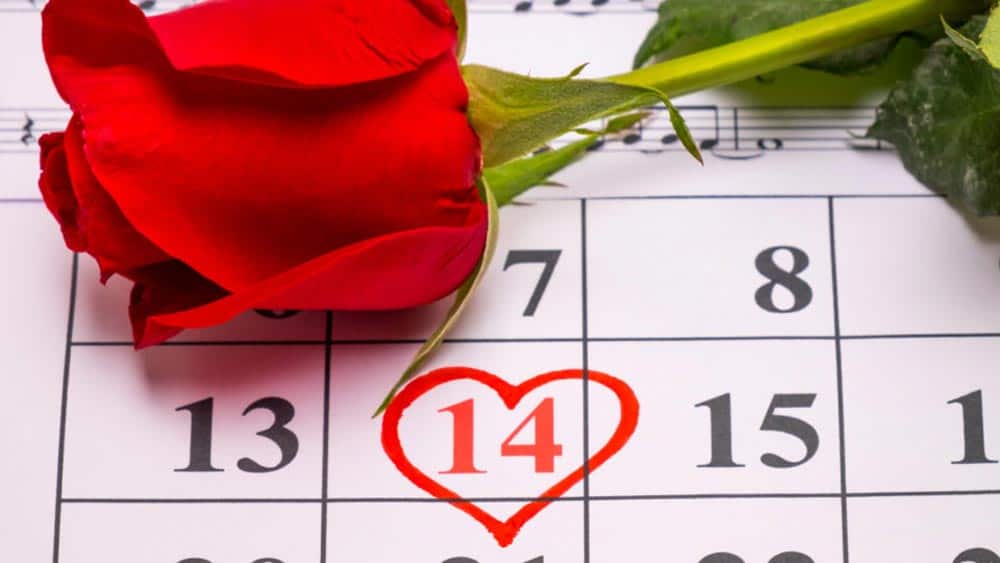If you really think about it, Valentine’s day is awfully strange. What kind of holiday centers on a small chubby baby, robed in a diaper, flying around with a bow and arrow? And what does this have to do with love? Also, who the heck is Valentine?
If these questions are plaguing you (perhaps as you admire the beautiful Valentine’s flowers gifted by your own Valentine), don’t worry. We’ve got the answers. Grab a truffle, snuggle up to your significant other, and read all about the history of this romantic holiday.
Who is St. Valentine?
Let’s start with the most pressing question; who is this holiday named after? The one answer we know for sure is that it’s a man — a saint — named Valentine. But everything after that gets a little confusing. There are as many as three different saints in the Catholic church named Valentine. Historians can’t agree exactly on which one our Valentine is. Some say he was a Roman priest, others think he was a valiant gentleman who helped Christians escape the harsh confines of Roman prison. (It’s believed that he was taken with the prison keeper’s daughter, and signed a love letter to her with, appropriately enough, “your Valentine.”)
Where Does Cupid Come in?
So if Valentine’s day is about a may-or-may-not-be priest/prison liberator, where does the winged baby come in? Good question. Cupid seems to hail from Greek Mythology, where he has roots as Eros, the Greek God of Love. Since ancient times, good old Cupid has had a reputation for striking unsuspecting humans with his arrow, causing them to become besotted. Somewhere between 323 BC and 30 BC, he underwent an image change and became a cute, chubby baby. Why? We’re not sure. Maybe you’re less likely to expect getting shot by an infant.
Where, you may wonder, are this havoc-wreaking child’s parents? The better answer may in fact be: who are his parents. Depending on who you ask, baby Cupid is the offspring of Nyx (goddess of the night) and Erebus (god of darkness) or Aphrodite (well-known goddess of love and beauty) and Ares (god of war). Others might say he belongs to Iris (goddess of the rainbow) and Zephyrus (god of the west wind) or Aphrodite and Zeus (famed god of the sky).

When Were Valentine’s First Exchanged?
The tradition of exchanging heartfelt letters and sweet little presents gained popularity at different times in different areas. In the United States, people probably started exchanging Valentines in the 18th century. An industrious woman named Esther A. Howland started hand-making and selling lacy, artistic Valentines en masse around the middle of the 19th century. In the 20th century, she was outperformed by printed cards, when technology started to improve.
What is the History of Flowers on Valentine’s Day?
So when did flowers become synonymous with this romantic day? Some say it was in the late 1600’s, when King Charles II (of Sweden) took a trip to Persia and learned about communicating artfully through florals. The trend of saying “I love you” (or a variety of other messages) spread throughout Europe, and rapidly became part of our Valentine’s Tradition.
Catching up to Modern Times
Valentine’s Day is a tale nearly as old as time (or at least as old as many centuries) and so too are our traditions that accompany it. Whether you choose to go the classic route this year, with flowers, chocolates and a lacy card, or you opt for something a little more modern, we hope you spend the day giving love and receiving a lot of it in return.
Carol
Information sourced by the author for luxuryactivist.com. All content is copyrighted with no reproduction rights available. Images are for illustration purposes only.
